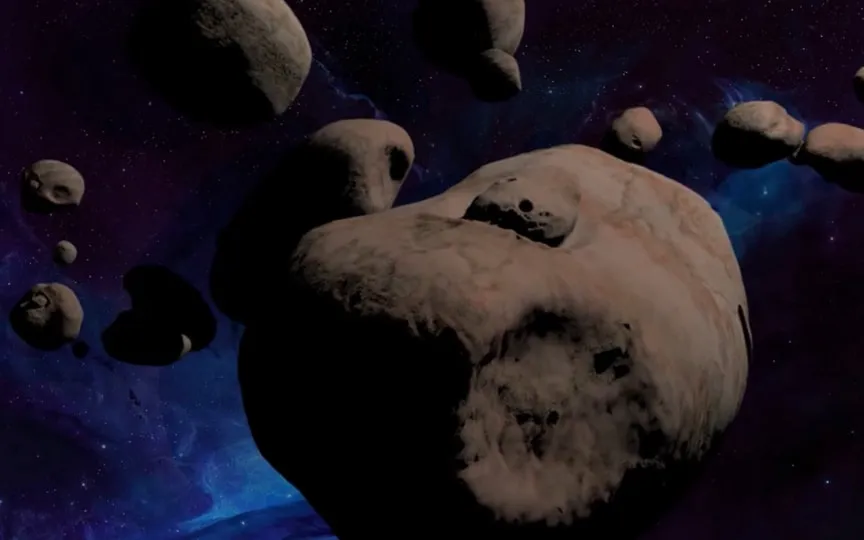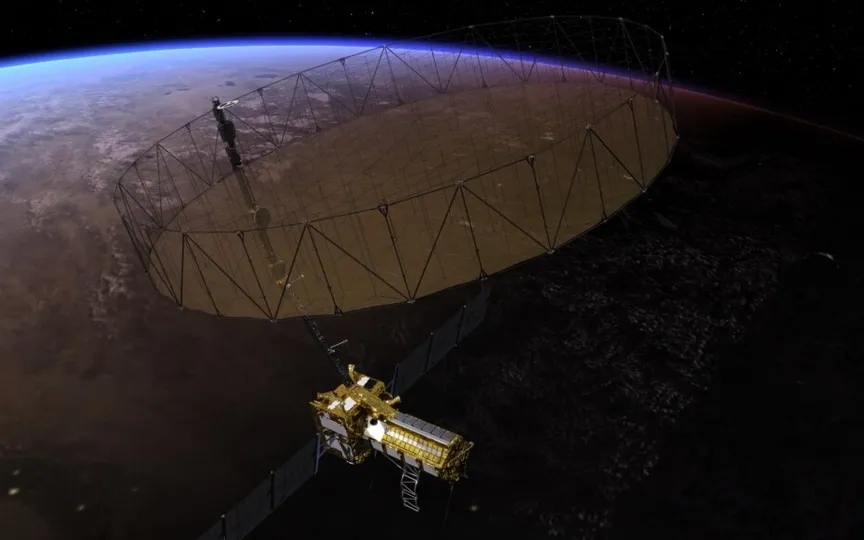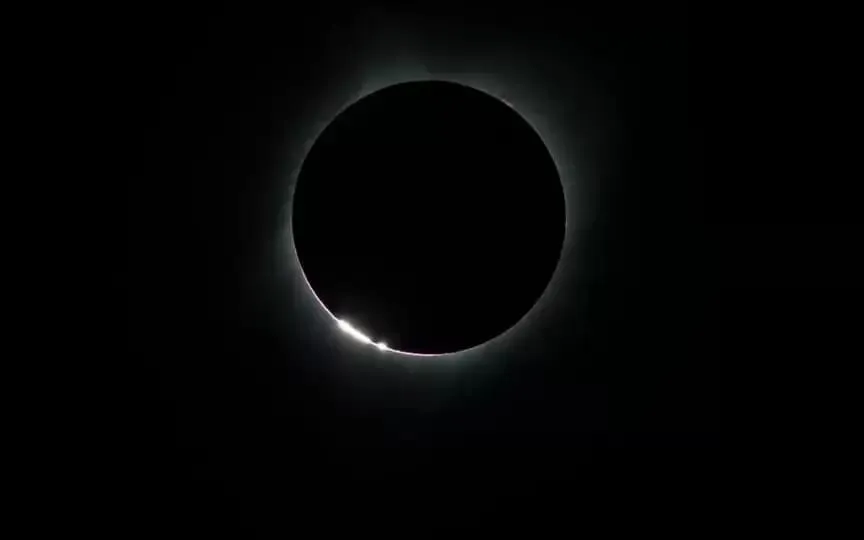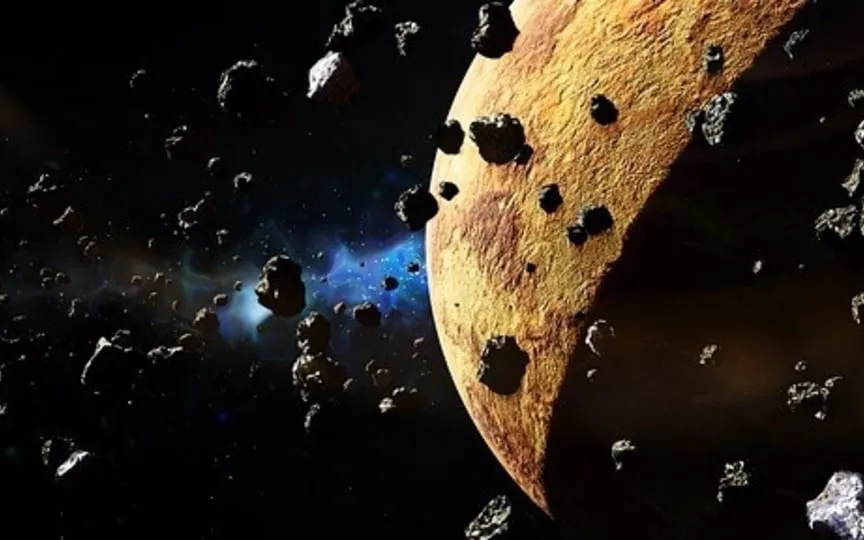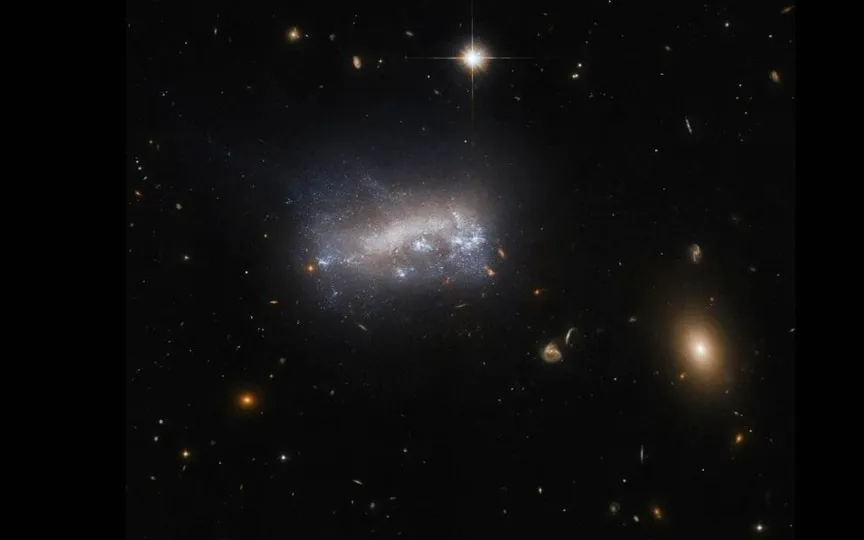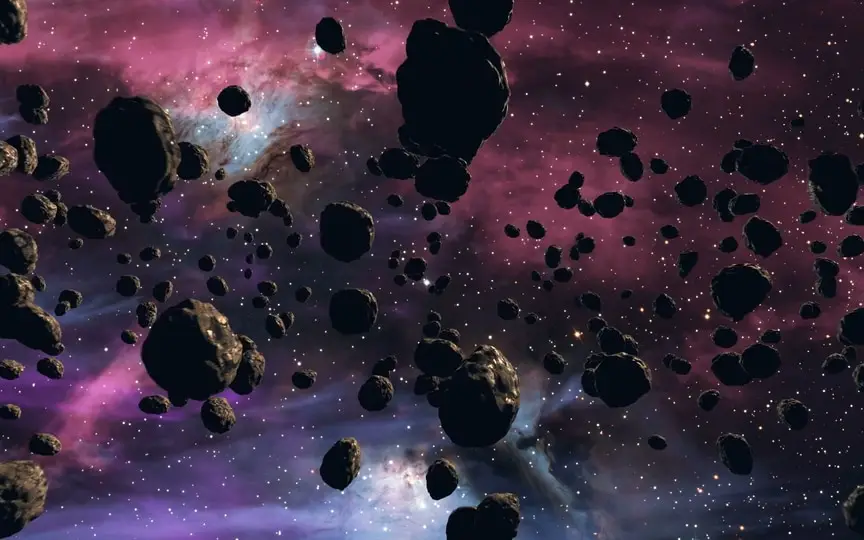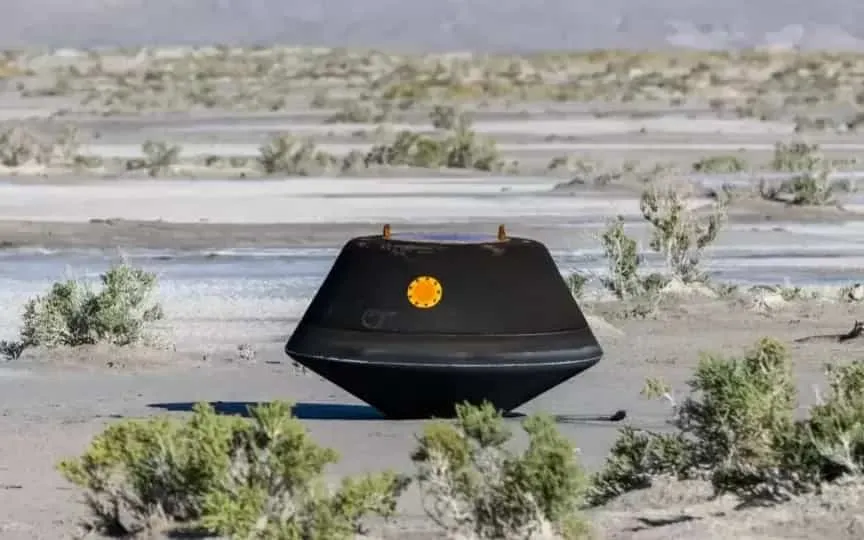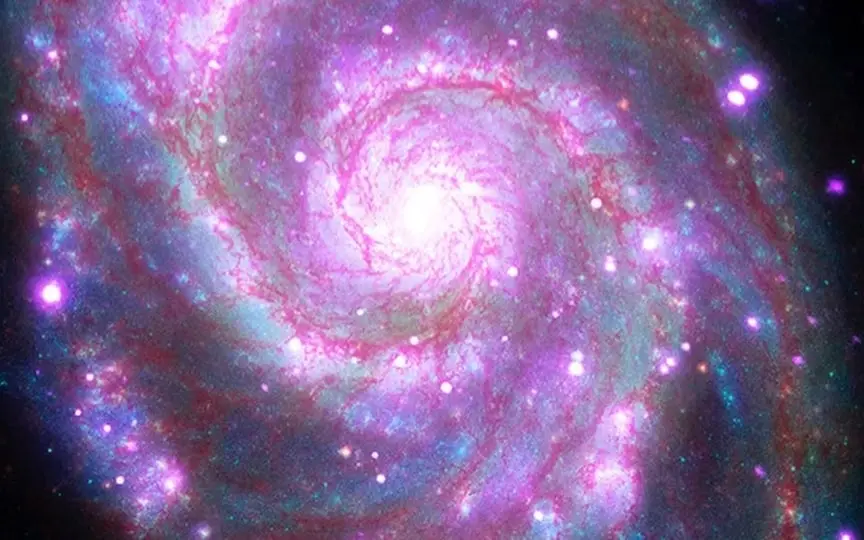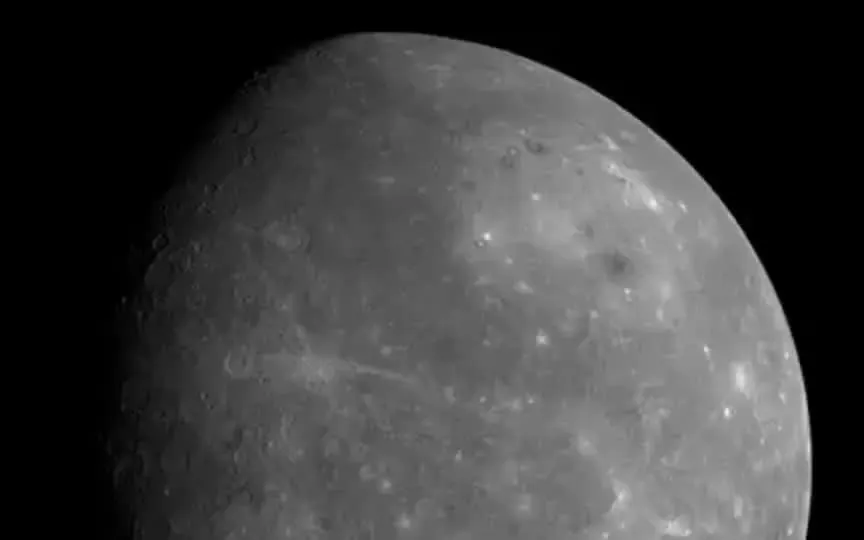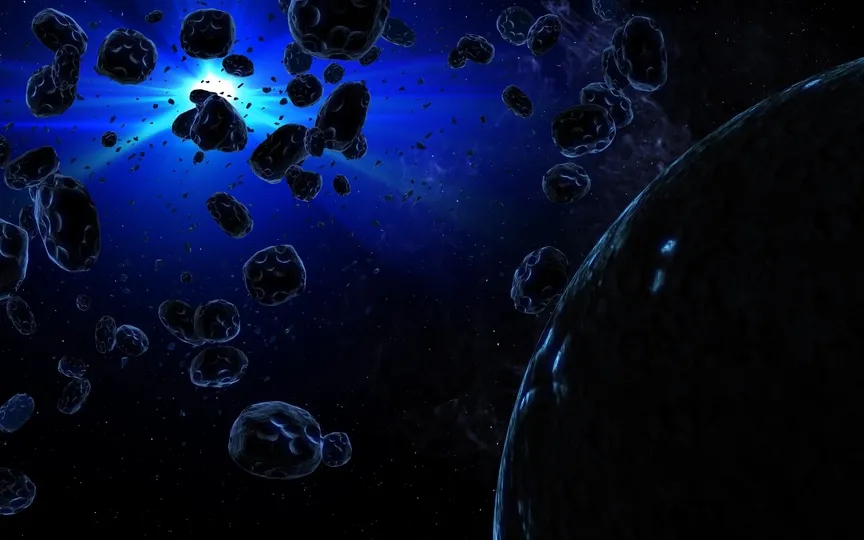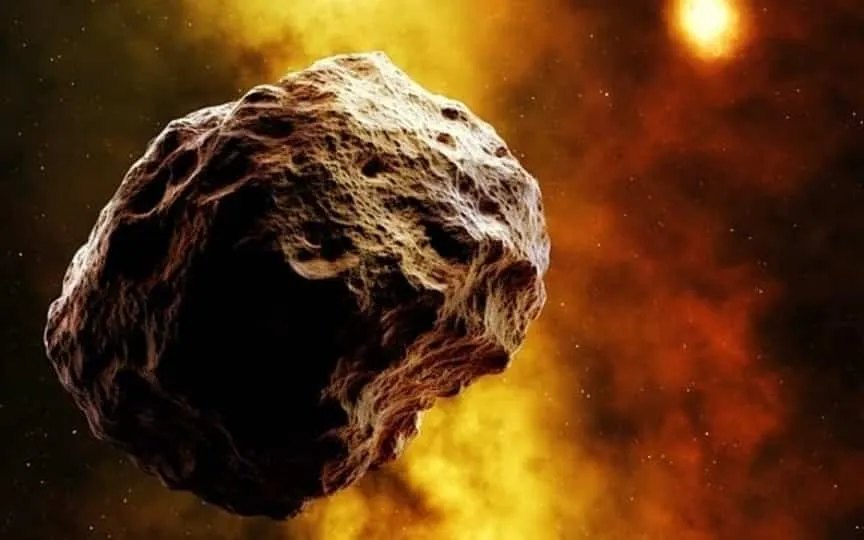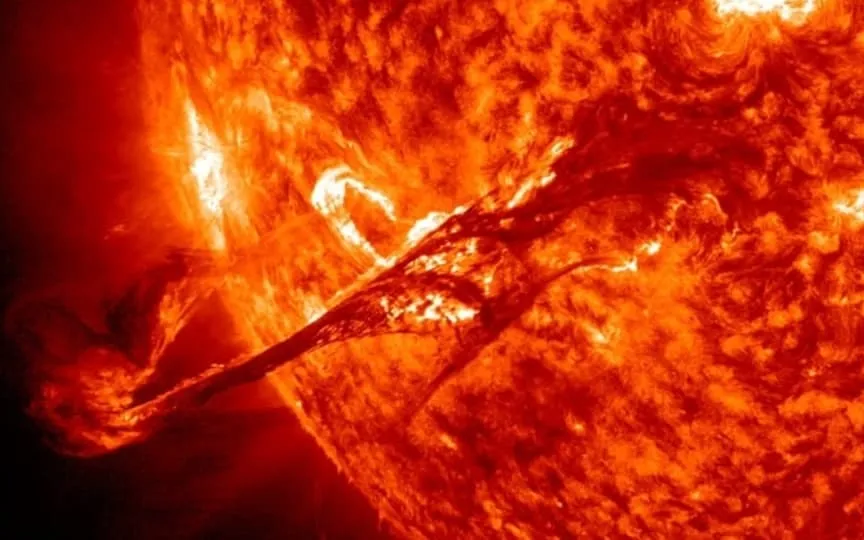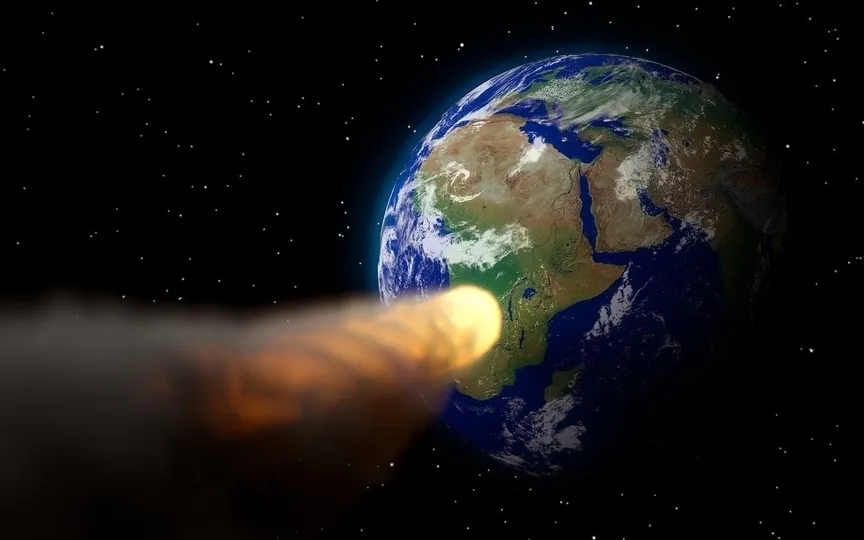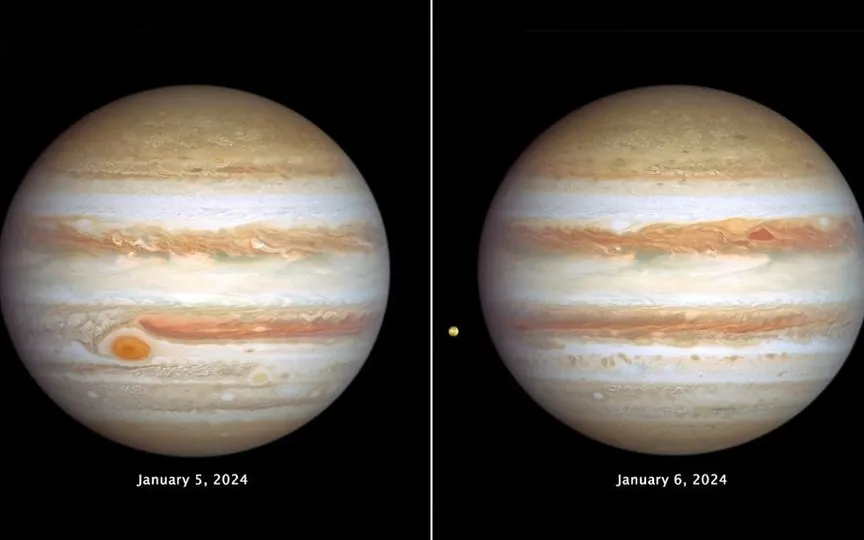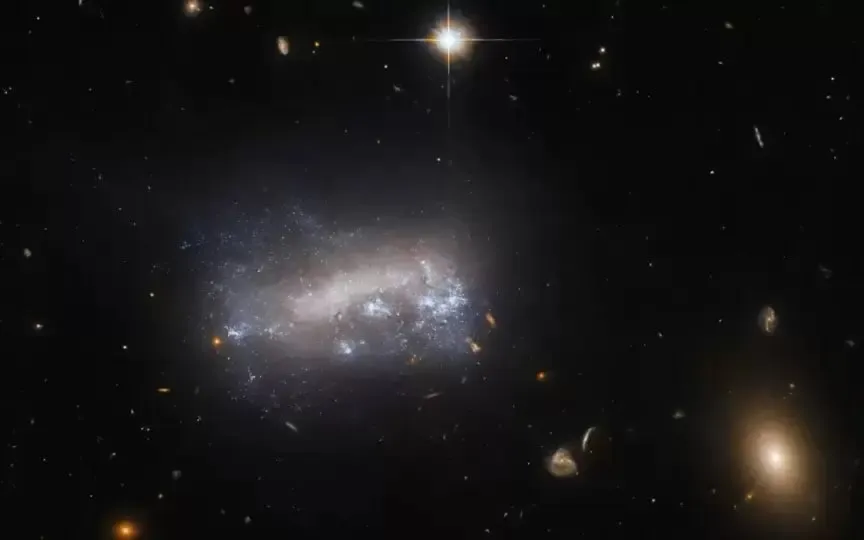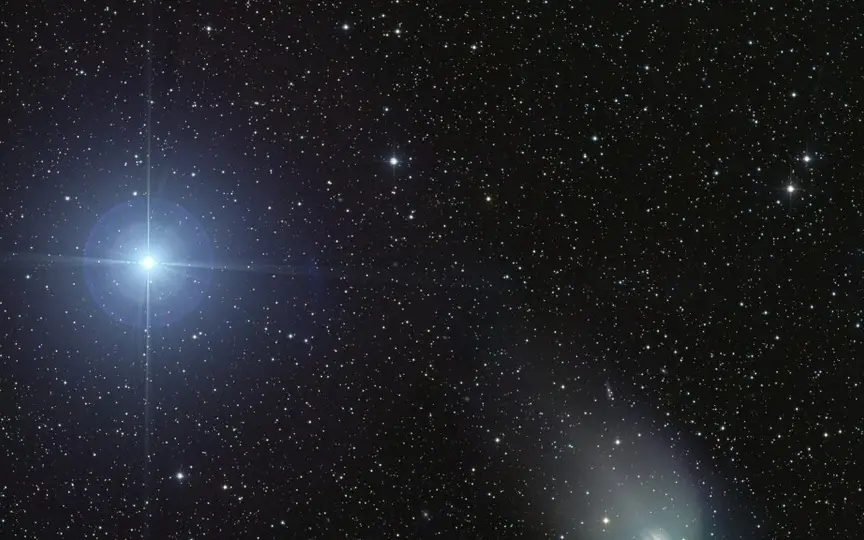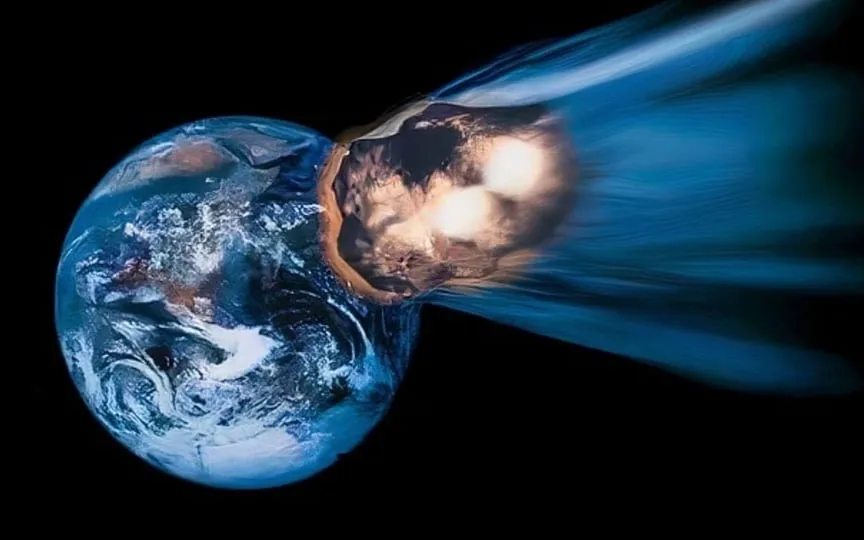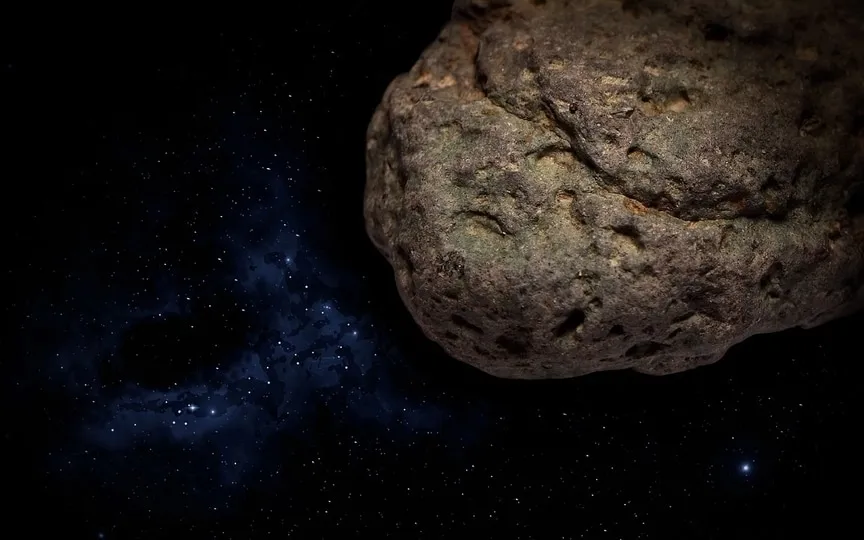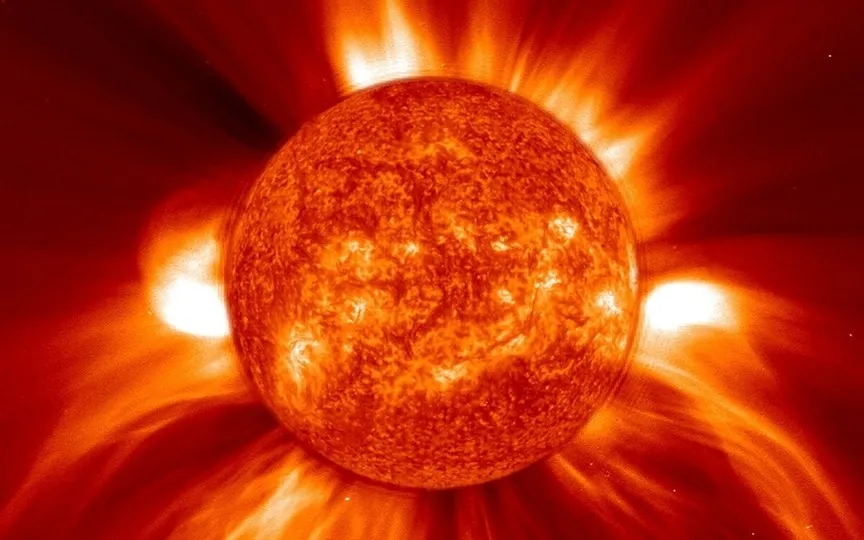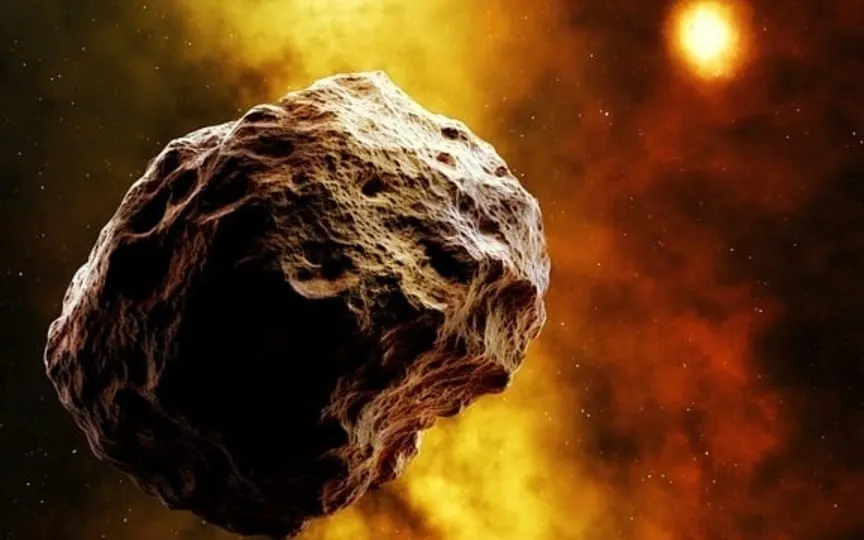NASA reveals two asteroids to pass by Earth soon; Learn about their size and speed
NASA has reported that in recent weeks, there have been multiple instances of asteroids passing by Earth. These space rocks, which typically orbit the Sun in their own path, can be influenced by a planet’s gravitational pull, causing them to veer off course and approach Earth. This can result in asteroids being knocked out of the main belt between Mars and Jupiter, sending them in various directions across the orbits of other planets. NASA has identified two asteroids currently on a trajectory towards Earth, with an expected close pass by…
Read More
